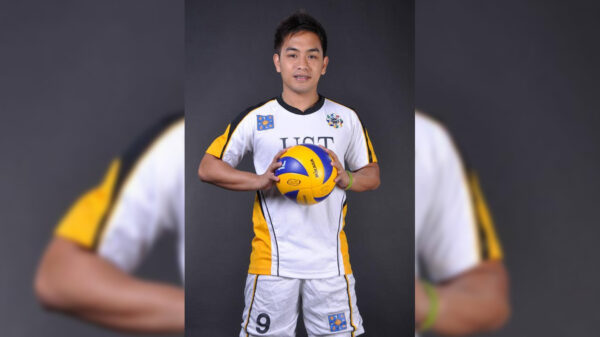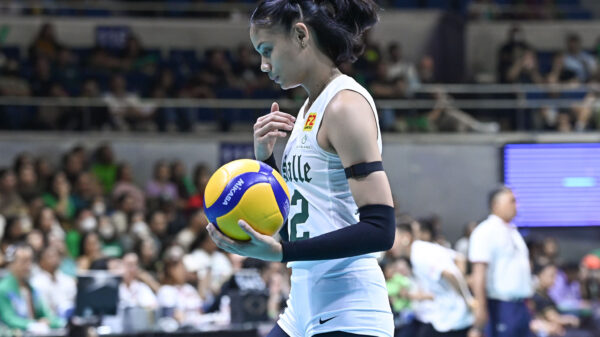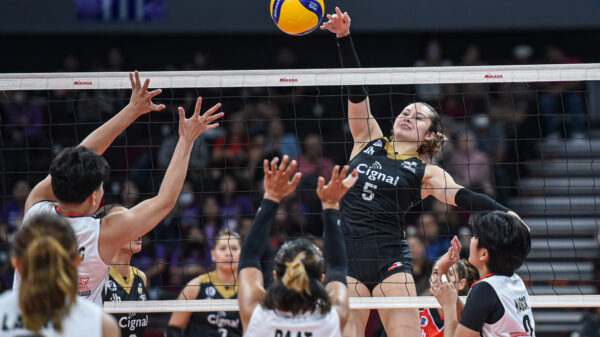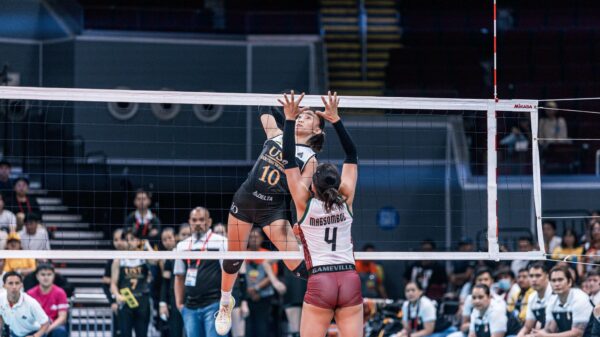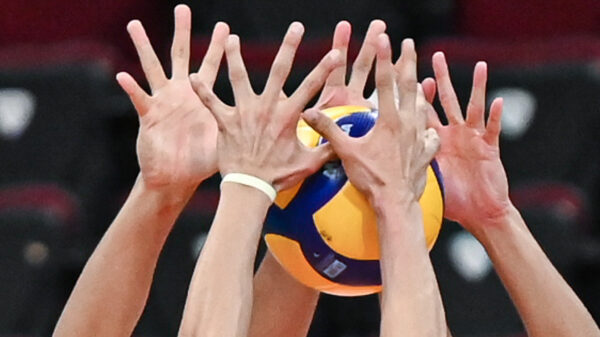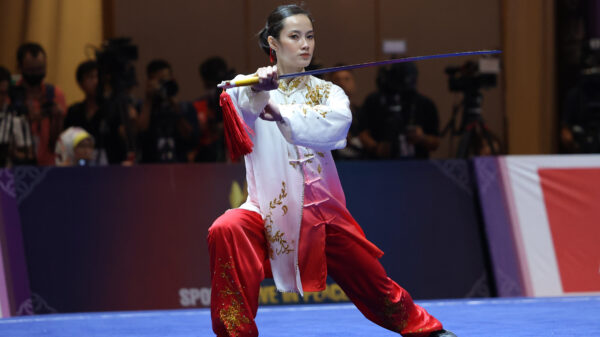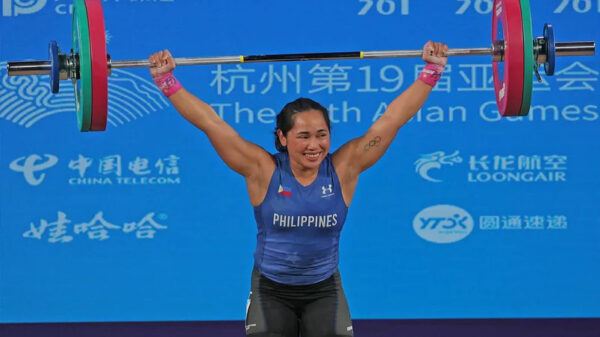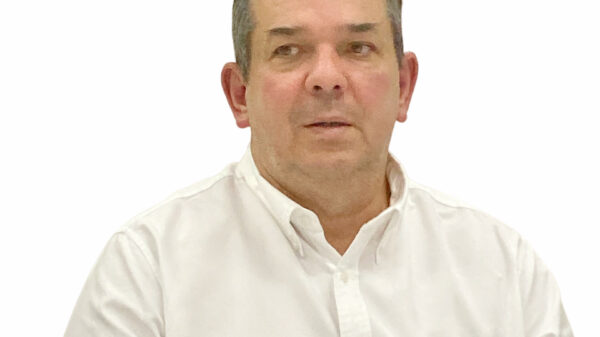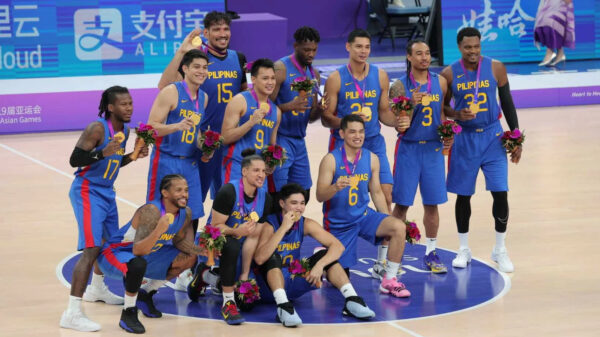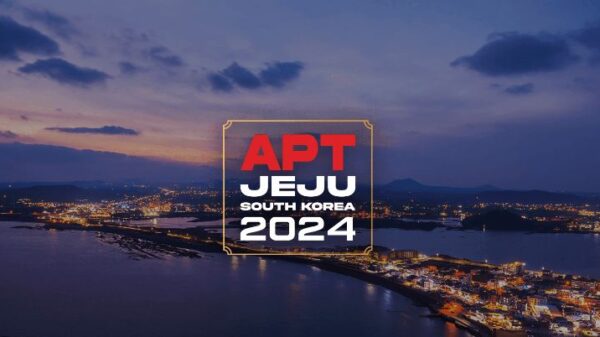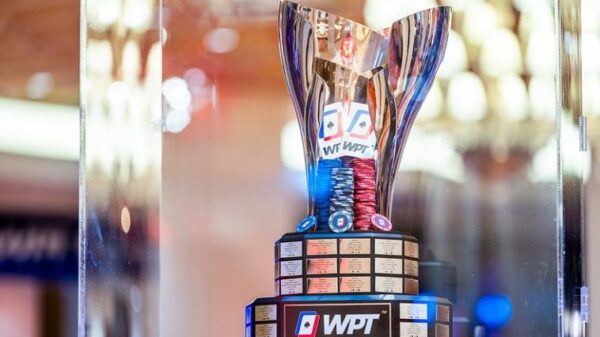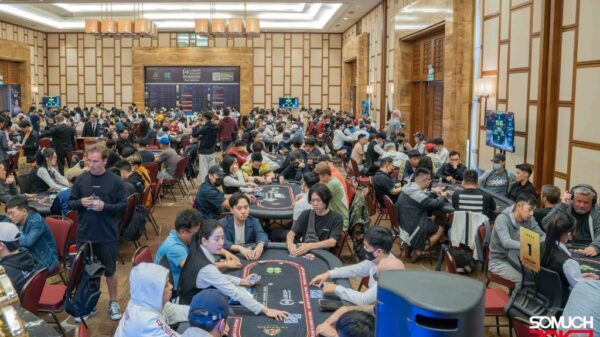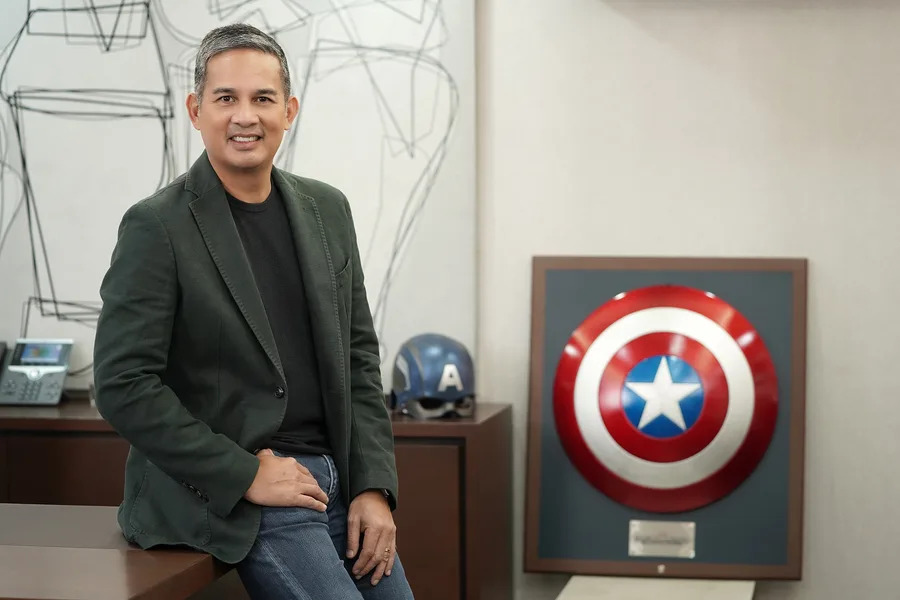When the country landed the rights to host the FIBA Basketball World Cup, Samahang Basketbol ng Pilipinas president Al Panlilio was the first to express readiness for the massive task at hand.
Six years later, he still fashions the same optimism that he displayed when he joined a small Filipino delegation in presenting its hosting bid before the FIBA Central Board in Switzerland in 2017.
But emerging as host of the biggest basketball event in the world wasn’t easy.
The first time the SBP expressed its willingness to organize the World Cup was in 2015 when Panlilio and SBP chairman emeritus Manny Pangilinan delivered a high-powered presentation before FIBA executives in Tokyo that centered on the Filipinos’ talent and undying love for the sport.
The FIBA Central Board, however, felt that the Filipinos are not yet ready to host an event as massive as the World Cup. Instead, 14 of the 21-man board voted to award the hosting rights of the 2019 World Cup to China.
“I felt that we won the 2015 bid,” said Panlilio in a previous interview.
“When we lost the bid in Tokyo in 2015, we went back to the hotel and (SBP chairman emeritus) Manny Pangilinan was distraught. We thought we won. Even (Chinese Basketball Association chairman) Yao Ming approached us and said we had a very good presentation and he felt we won. But we didn’t get it.”
Panlilio stressed that bagging the hosting rights for the 2023 World Cup seems impossible.
“We were looking at the next opportunity for us to host, and we felt that 2023 might not be the time because they already awarded it to Asia in 2019,” he said.
“The earliest time frame was 2027.”
Pangilinan, however, came up with a brilliant idea.
“MVP (Pangilinan) thought about multi-nation hosting and (SBP executive director) Sonny Barrios said that our proposal should be compelling,” Panlilio said, referring to the joint bid put together by the Philippines, Japan and Indonesia.
The ploy worked like magic and the Filipinos, together with the Japanese and Indonesians, were able to bag the hosting rights over countries like Turkey, Russia, and Argentina and Uruguay.
But it was just the start.
With Panlilio playing the role of team captain, various local and private organizations helped in making the country’s World Cup hosting a success.
San Miguel Corporation, for one, set aside their corporate rivalry with Pangilinan’s Metro Pacific Investment Corporation that led to the formation of the strongest, most competitive Gilas Pilipinas squad in history.
The partnership also allowed the SBP to gain the support of the country’s premier basketball league — the Philippine Basketball Association — as well as numerous sponsors.
The biggest support, however, came from the government.
President Ferdinand “Bongbong” Marcos Jr. appointed the top gun of the World Cup local organizing committee in Richard “Dickie” Bachmann as chairperson to manage the more than P1 billion government subsidy.
Bachmann immediately buckled down to work and presided over the creation of an Inter-Agency Task Force to make sure that the World Cup hosting will be a success.
And when tickets sales were slowing down, the Chief Executive suspended the classes in public schools and government offices to make sure that everybody can watch and cheer for Gilas Pilipinas in its opening match against the Dominican Republic.
Truly, it was Panlilio’s leadership, humble demeanor and ability to work with everybody — from key government officials to corporate and sports rivals — that keyed the success of the country’s World Cup hosting.
Basketball-crazy Filipinos needed a leader and “Captain Al” made sure to deliver.

